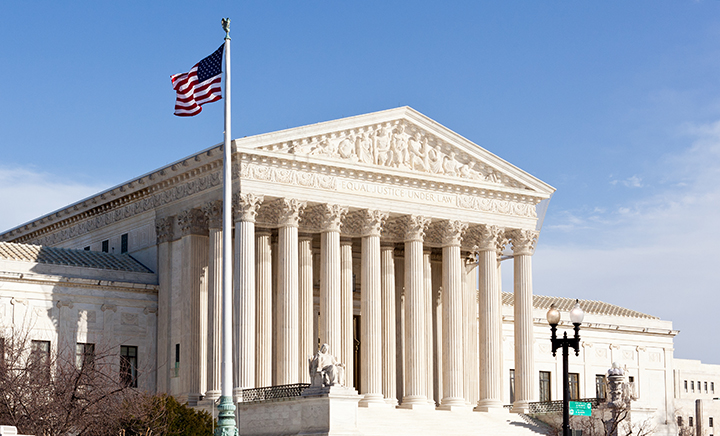Supreme Court Allows Removal of Three Democratic Commissioners from the CPSC
 July 24, 2025 | On July 23, the U.S. Supreme Court granted an emergency request from the Justice Department, allowing President Donald Trump to remove three Democratic commissioners from the Consumer Product Safety Commission (CPSC): Alexander Hoehn-Saric, Richard Trumka Jr., and Mary Boyle. The commissioners, all appointed by President Joe Biden to serve staggered seven-year terms, had previously been reinstated by a lower court after being dismissed without cause.
July 24, 2025 | On July 23, the U.S. Supreme Court granted an emergency request from the Justice Department, allowing President Donald Trump to remove three Democratic commissioners from the Consumer Product Safety Commission (CPSC): Alexander Hoehn-Saric, Richard Trumka Jr., and Mary Boyle. The commissioners, all appointed by President Joe Biden to serve staggered seven-year terms, had previously been reinstated by a lower court after being dismissed without cause.
The Supreme Court issued the unsigned order as part of an ongoing legal dispute over presidential authority to dismiss members of independent federal agencies. The ruling follows recent decisions in which the Court’s conservative majority allowed similar removals from other regulatory boards, including the National Labor Relations Board and the Merit Systems Protection Board.
In the brief order, the Court cited its earlier ruling in Trump v. Wilcox, stating that the CPSC, like other independent agencies, exercises executive power and is therefore subject to presidential control. The decision pauses the commissioners’ service while litigation continues, emphasizing the administration’s argument that such officers can be removed “at will” by the president.
The five-member CPSC, established by Congress in 1972, is tasked with overseeing product safety standards, recalls, and enforcement actions to protect consumers. By law, no more than three commissioners may belong to the same political party — a structure designed to ensure bipartisan governance and independence from direct executive control — and can only be removed for “neglect of duty or malfeasance.”
The Court’s three liberal justices, Elena Kagan, Sonia Sotomayor, and Ketanji Brown Jackson, dissented from the decision, raising concerns about the growing erosion of agency independence. In her dissent, Kagan warned that such emergency rulings could undermine Congress’s authority to structure federal agencies and ultimately shift power away from the legislative branch.
The case may ultimately prompt the Court to revisit a long-standing 1935 precedent, Humphrey’s Executor v. United States, which has protected members of independent agencies from being fired without cause.